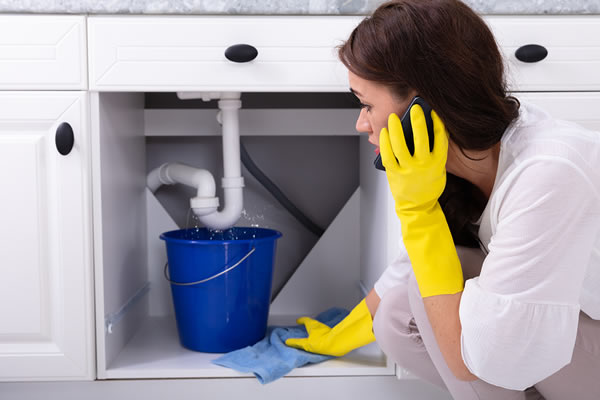Guide To Water Leak Discovery In The House
Guide To Water Leak Discovery In The House
Blog Article
What are your insights and beliefs on Finding hidden leaks?

Early detection of leaking water lines can minimize a potential calamity. Some tiny water leakages might not be visible.
1. Analyze the Water Meter
Every house has a water meter. Examining it is a surefire way that aids you find leakages. For starters, turn off all the water sources. Ensure no person will purge, make use of the faucet, shower, run the cleaning device or dishwashing machine. From there, most likely to the meter and watch if it will transform. Since no one is utilizing it, there ought to be no motions. That suggests a fast-moving leak if it relocates. If you spot no changes, wait a hr or two as well as inspect back once more. This means you might have a sluggish leak that can even be underground.
2. Examine Water Intake
Analyze your water costs and track your water consumption. As the one paying it, you must notice if there are any type of discrepancies. If you detect sudden changes, in spite of your consumption coinciding, it suggests that you have leaks in your plumbing system. Keep in mind, your water expense must drop under the same range every month. An unexpected spike in your costs shows a fast-moving leak.
A steady rise every month, also with the exact same habits, reveals you have a slow leak that's also gradually escalating. Call a plumber to thoroughly check your building, specifically if you really feel a cozy area on your floor with piping below.
3. Do a Food Coloring Examination
When it comes to water usage, 30% comes from bathrooms. If the shade somehow infiltrates your bowl throughout that time without flushing, there's a leak in between the tank and dish.
4. Asses Exterior Lines
Do not forget to inspect your outdoor water lines too. Must water permeate out of the connection, you have a loose rubber gasket. One tiny leakage can squander loads of water and spike your water expense.
5. Assess the circumstance and examine
Home owners should make it a behavior to examine under the sink counters and also also inside cupboards for any type of bad odor or mold growth. These two red flags show a leakage so punctual interest is needed. Doing regular examinations, even bi-annually, can save you from a significant issue.
Inspect for discolorations and damaging as most appliances and also pipes have a life span. If you presume dripping water lines in your plumbing system, do not wait for it to rise.
Early detection of dripping water lines can alleviate a prospective calamity. Some tiny water leakages might not be noticeable. Examining it is a guaranteed means that helps you uncover leaks. One little leakage can squander tons of water as well as increase your water expense.
If you believe leaking water lines in your plumbing system, do not wait for it to rise.
WARNING SIGNS OF WATER LEAKAGE BEHIND THE WALL
PERSISTENT MUSTY ODORS
As water slowly drips from a leaky pipe inside the wall, flooring and sheetrock stay damp and develop an odor similar to wet cardboard. It generates a musty smell that can help you find hidden leaks.
MOLD IN UNUSUAL AREAS
Mold usually grows in wet areas like kitchens, baths and laundry rooms. If you spot the stuff on walls or baseboards in other rooms of the house, it’s a good indicator of undetected water leaks.
STAINS THAT GROW
When mold thrives around a leaky pipe, it sometimes takes hold on the inside surface of the affected wall. A growing stain on otherwise clean sheetrock is often your sign of a hidden plumbing problem.
PEELING OR BUBBLING WALLPAPER / PAINT
This clue is easy to miss in rooms that don’t get much use. When you see wallpaper separating along seams or paint bubbling or flaking off the wall, blame sheetrock that stays wet because of an undetected leak.
BUCKLED CEILINGS AND STAINED FLOORS
If ceilings or floors in bathrooms, kitchens or laundry areas develop structural problems, don’t rule out constant damp inside the walls. Wet sheetrock can affect adjacent framing, flooring and ceilings.
https://www.servicemasterbyzaba.com/blog/how-to-detect-water-leakage-in-walls/

I'm just very fascinated by Hacks to detect leaks and I am assuming you appreciated the new blog entry. I beg you take the opportunity to distribute this blog if you enjoyed it. Thanks a lot for going through it.
Report this page